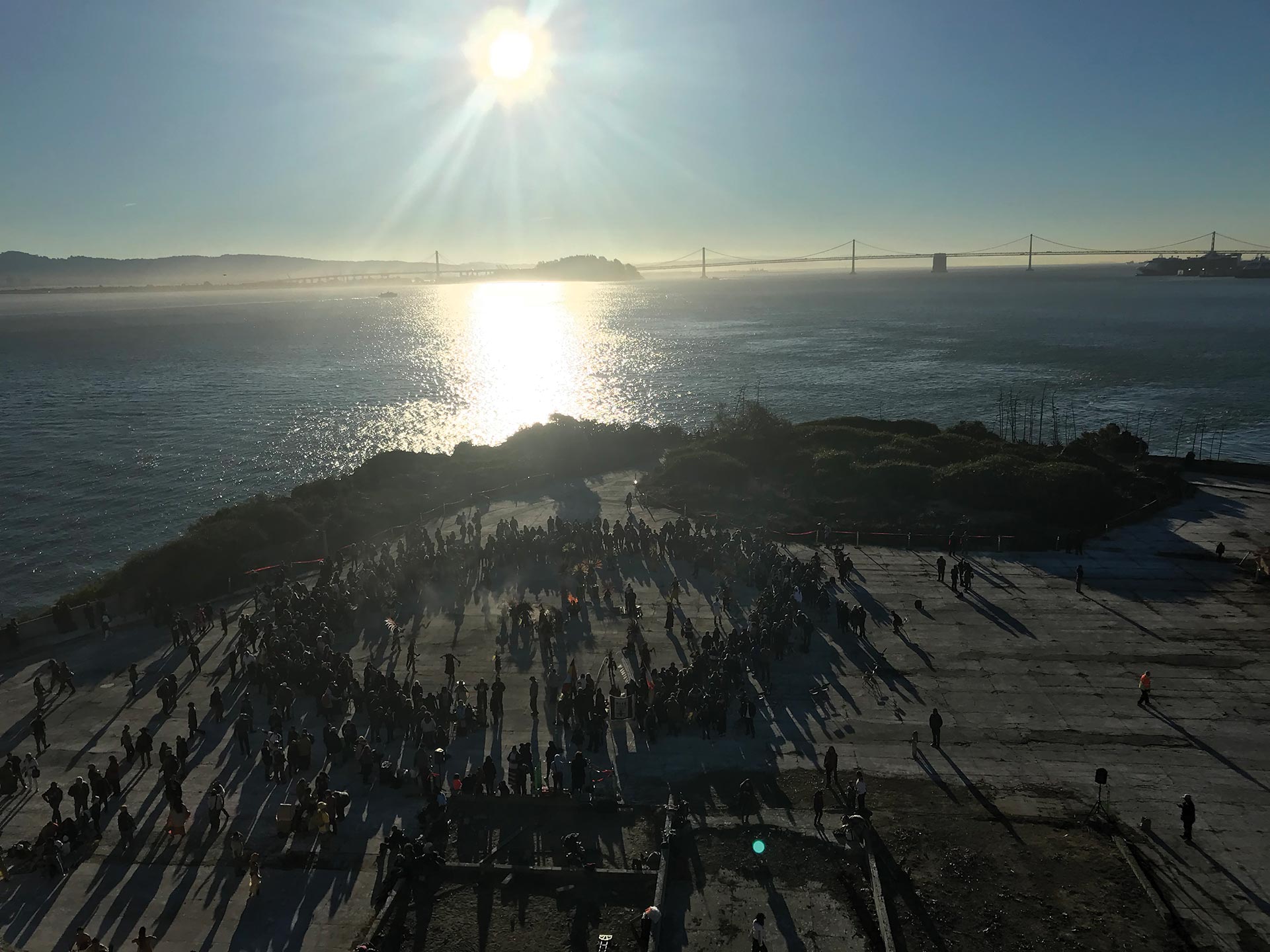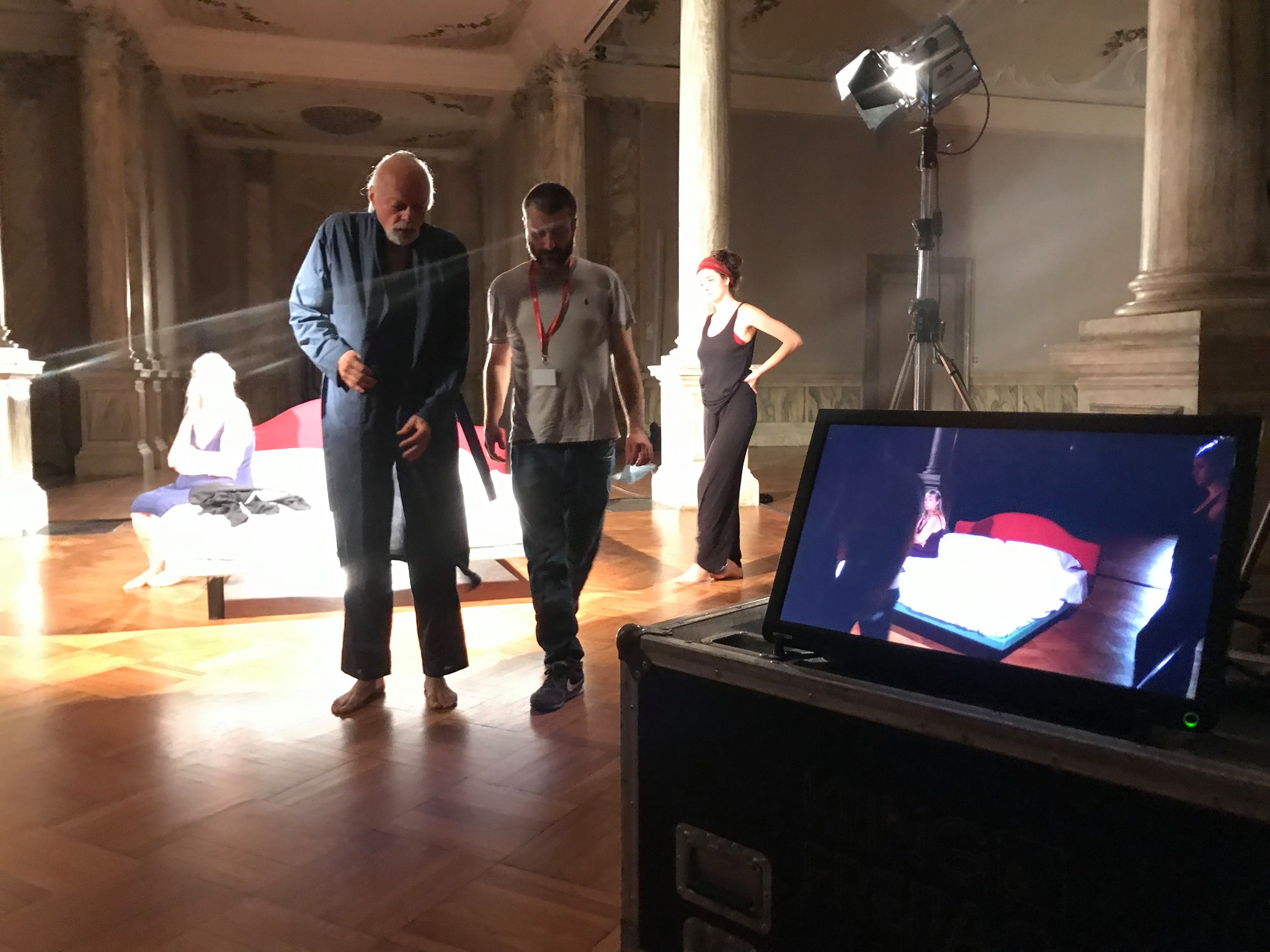STEPS (Sustainable Thinking and Expression on Public Space)
Presented Summer 2020 Rowntree Mills Park, Toronto, Ontario, Canada
Summary of Project:
Locative media map of 360 video/audio content sourced from community engagement. Exploring the intersections of nature, art and wellness, From Weeds We Grow strives to unearth Rexdale and Humber Summit’s relationship to the environment and accessible public space through virtual walking tours, workshops, storytelling and performances rooted in Rowntree Mills Park.
From Weeds We Grow is an interdisciplinary public art project that aims to encourage exploration, and conversation around public space, while connecting community members to each other, to the arts, and to Rowntree Mills Park. Part of Arts in the Park 2020, this project is supported by the Toronto Arts Council through their Animating Toronto Parks program.
From Weeds We Grow is a project that:
- Uses new technologies to create virtual and immersive walking tours;
- Presents stories and spoken word performances by both community members and local artists that reflect, explore and celebrate Rowntree Mills Park;
- Showcases visual content created by workshop participants in the Rexdale and Humber Summit neighbourhood.
Description of User Experience:
Users can access the web app on their mobile device or computer and visit the map pins to access the video content. The app can be downloaded from a web link or from a QR code. There are signs in Rowntree Mills Park letting people know about the web app, and how to download and use it.
Identified “Best Practices” for Mixed Reality Production:
- Be mindful of the digital divide. Older members of the community may not want to/be able to/have access to certain technology, but may want to be a part of the project. Allowing these folks to record their voices over the phone, rather than over Zoom, is one way of accommodating them.
- Take a multilingual approach, to represent the languages within the community. This may mean involving people who speak languages other than English, hiring translators, writing subtitles, etc.
- Use signage, flyers, posters, and outreach to advertise. Online advertising is great, but more people will know about the app if there are supplemental materials telling them how to access and use it.
- In general, meet people where they are. Understand tools for accessibility, such as captioning, ASL interpretation, described video. Be very clear about wat community members are contributing to. Make the project as approachable as possible, and offer incentives for participation. More than likely, reminders will need to be sent out!
- Community-based apps should allow for members of the community to explore the content on their own terms, with a very clear user experience. Multiple avenues for access, such as QR codes, web links, etc., make the app more accessible. There is an ongoing learning curve, as community members of all ages and backgrounds learn to use the app.
- When shooting outdoors, there wasn’t a way to control the weather, so all they could do was hope for good weather.


